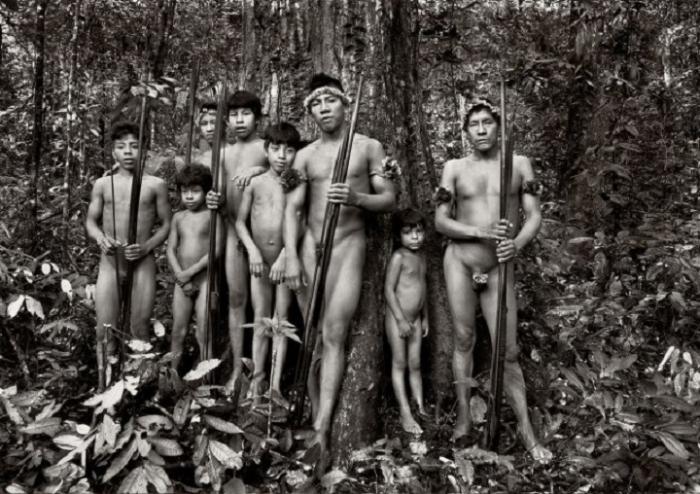This is Kapadokya or Cappadocia (in Turkey), where for thousands of years, whole cities have been built undergound. All this burrowing needs some explaining.
Like so much that is beautiful, it began with extraordinary violence. At first, the brutality was geological. About seventy million years ago, Mt Erciyes exploded, along with two other volcanoes. They smothered the land first in shortbread (properly known as ‘tuff’) and then a wafer-thin coating of basalt.
This is Kapadokya or Cappadocia (in Turkey), where for thousands of years, whole cities have been built undergound. All this burrowing needs some explaining.
Like so much that is beautiful, it began with extraordinary violence. At first, the brutality was geological. About seventy million years ago, Mt Erciyes exploded, along with two other volcanoes. They smothered the land first in shortbread (properly known as ‘tuff’) and then a wafer-thin coating of basalt.
Soon, the basalt began to crack, and the elements got in, and tore the tuff away. Eventually all that was left were small blobs of basalt, atop columns of tapering tuff. These are the so-called ‘fairy chimneys’, and are up to 100ft tall (see photo).
Actually, geologists have a much better word for them that’s both sinister and comic: hoodoos.
Unfortunately, the next wave of violence was predictably human. With so much ash and sediment, Cappadocia had become famously productive. At a time when the world’s population was only 23 million, it had a city of 17,000 souls. Naturally, it was soon attracting unsavoury visitors. Amongst them were Hittites, Persians, Romans (in 17AD), Byzantines, Seljuks and Ottomans. It’s been a skull-cracking tale. In time, people learnt that the only way to survive was by ducking into holes.
In this, the tuff was perfect. It could be cut like cake, and a good team of miners could scoop out a mansion in less than a week. Even better, the rock would then harden on exposure to air, and keep its shape for hundreds of years. ‘And that,’ said my guide, ‘is the miracle of Cappadocia.’





